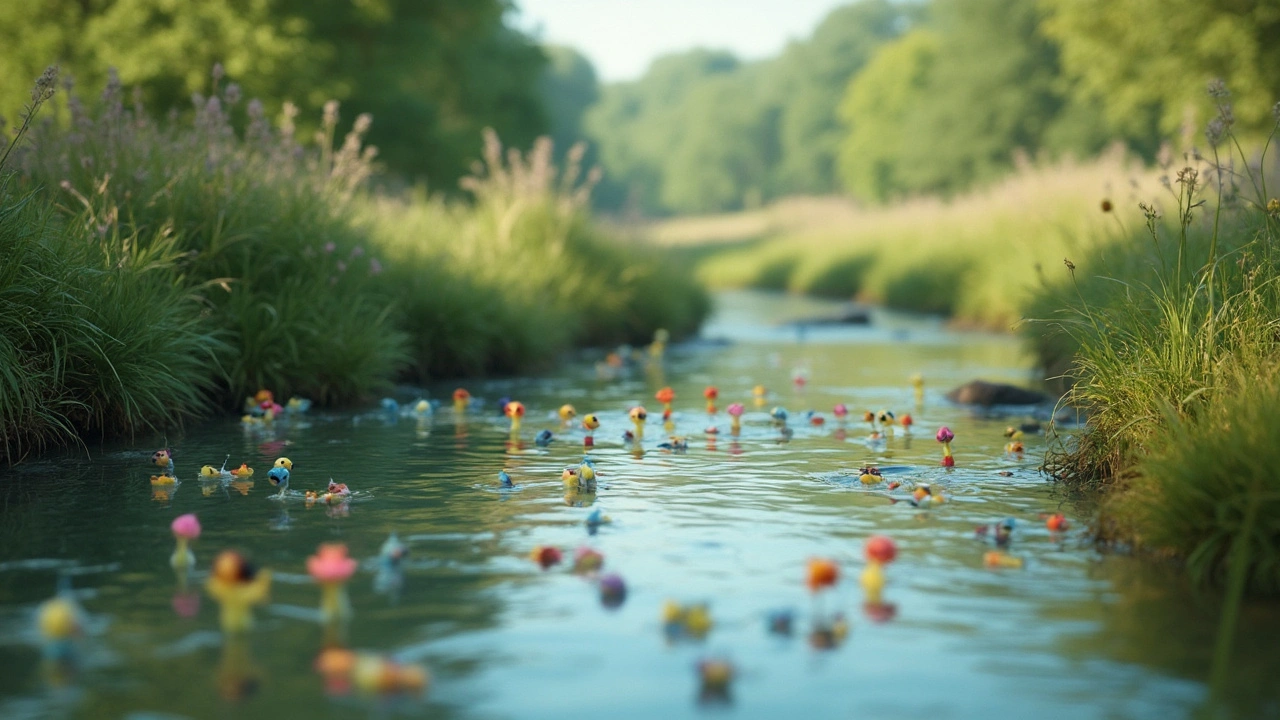Small amounts of medicines—painkillers, antibiotics, hormones—are showing up in rivers, lakes, and sometimes tap water. Those traces add up. They can change aquatic life, help bacteria become drug-resistant, and quietly alter ecosystems. You don’t need to be a scientist to act. A few smart steps at home and in your community make a real difference.
How do drugs get into the environment? Three big sources: people, farms, and factories. People often flush unused pills or pour medicines down drains. Livestock treated with antibiotics release residues in manure that reaches soil and water. Pharmaceutical factories and hospitals can discharge active drugs if wastewater isn’t cleaned well. Even low levels matter because many drugs are designed to be active at tiny doses.
Wastewater treatment plants remove a lot of contaminants, but most weren’t built to filter pharmaceutical compounds. Standard treatment cuts some drugs but not all. That’s why technicians and engineers are testing upgrades like activated carbon filters, ozonation, and advanced oxidation. These methods work better but add cost and complexity for utilities.
Stop flushing meds. Don’t toss pills in the toilet or sink. Many pharmacies, clinics, and local waste programs run medicine take-back events or have drop-off boxes. If no take-back option exists, mix pills with an unappealing substance (coffee grounds or kitty litter), seal them in a bag, and put them in the trash so they won’t be found and misused.
Buy only what you need. Ask your doctor or pharmacist if you can get a smaller supply when starting a new medicine. That cuts leftover pills and waste. Store medicines in a cool, dry place and follow expiration advice—expired drugs can be less effective and more likely to be discarded.
Cut antibiotic use when it’s not necessary. Antibiotics in medicine and farming push resistance. Only take antibiotics prescribed by a clinician who has checked your condition. Talk to your vet about alternatives and prevention strategies for animals.
Cities and utilities can invest in targeted upgrades at wastewater plants to remove stubborn pharmaceuticals. Regulators can set discharge limits and require regular monitoring at manufacturing sites. Pharma companies can design drugs that break down faster in nature and reduce waste during production.
You can push for these changes by supporting local take-back programs, asking your water utility about drug testing, and voting for policies that fund clean technology. Small personal changes plus public pressure add up fast.
Pharmaceutical pollution won’t vanish overnight, but everyday choices matter. Handle medicines responsibly, question unnecessary antibiotic use, and encourage better treatment standards. That’s how we protect water, wildlife, and long-term public health—one pill at a time.
